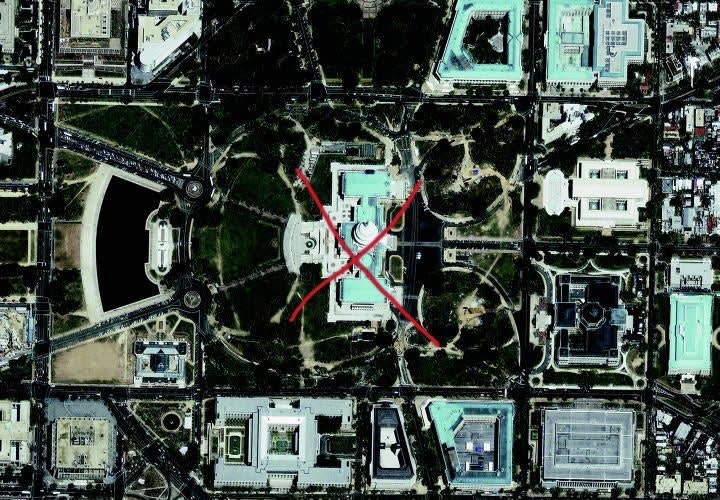Vulnerability is a broad rating of the target’s security; it includes both construction and security personnel. A park has no real barriers, but surround it with enough armed security officers, detectors, and concrete barriers, and you can almost make it impregnable.
Effect on the populace is one of the more important ratings in a CARVER assessment. A high rating here can make a terrorist group ignore security, access issues, and other factors in an all-out effort to create maximum impact. Remember, effect is beyond the immediate target audience. At the point of attack, people will get hurt or die, but the real target is the symbol and the morale of the people. The Mall in Washington, D.C., is not a worthy target, except on the 4th of July when thousands of people gather there for celebrations and rallies. But a terrorist attack on the Mall that destroyed a major monument would seriously affect the nation’s morale and could occur at any time.
Recognizability rates how hard it is to locate the target. Believe it or not, terrorists sometimes hit the wrong target. If they perform their reconnaissance during the day, then attack at night, there’s a good chance they’ll move to the wrong location. So if the terrorists can’t find the target or its location is not well known that works to your advantage. It doesn’t make the target 100-percent secure, but it helps.
To use the matrix, you assign each target a rating of 1 to 5 in each category, with “1” being the lowest (or best) to “5” being the highest (or worse).
When you have assigned the numbers in each category, each target is “scored” by adding up the numeric ratings from each category in the matrix. If you are on the defense, then ideally all critical infrastructure should have a score of “6,” the lowest possible score. But that’s hard to get. So in reality, the score will be between 6 and 30 (the highest and worst rating).












